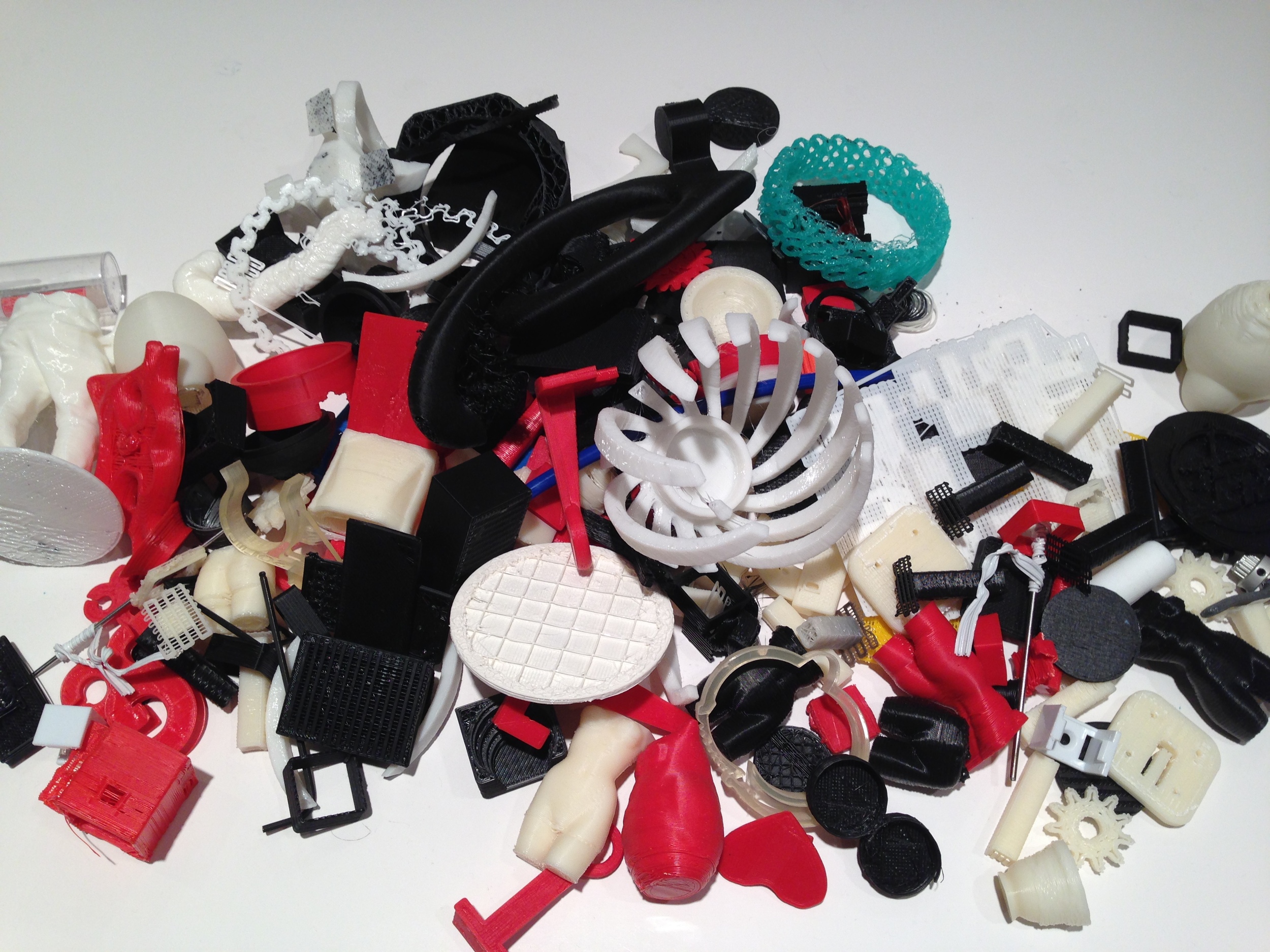
Every once in a while we see a “filament recycler” product emerge. But you don’t hear much about them. Why is that?
These machines typically intend on recycling the plastic you’ve already used for 3D printing – or simply collecting scrap plastic for recycling. They usually grind up the plastic scraps into pellets, which are melted and precisely extruded to form a new filament.
We think the issue is quality control. Today’s 3D printers operate at such fine levels of precision that it is easy to knock off their calibration by introducing inconsistent filament.
Meanwhile, each plastic scrap is potentially made from slightly different formulations, any of which can result in different heating characteristics. These might not match the printing configuration of a 3D printer. Worse, these characteristics might change as the scrap fragments vary – even within a single filament spool.
We believe that the quality of the input plastic is critical to successful 3D printing via plastic extrusion methods – and that it is likely difficult to achieve using home-based filament extruders. We even know of a plastics manufacturer who had to re-tool their plant with expensive new gear just to be able to produce PLA filament with appropriate quality. This simply isn’t going to happen with a home appliance.

